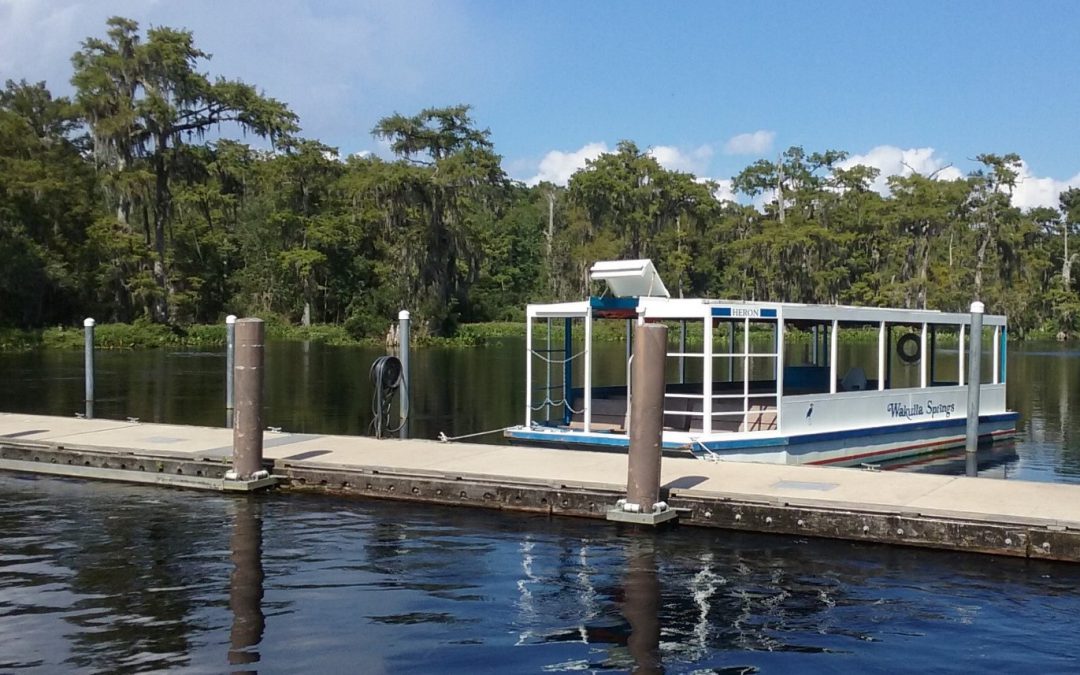
by Andrea Albertin | Jun 21, 2019
As the state of Florida moves forward with watershed and springs basin restoration plans, also known as Basin Management Action Plans (BMAPs), reducing nitrogen loads to degraded water bodies is a priority in many areas. Excess nitrogen in springs, rivers and coastal...
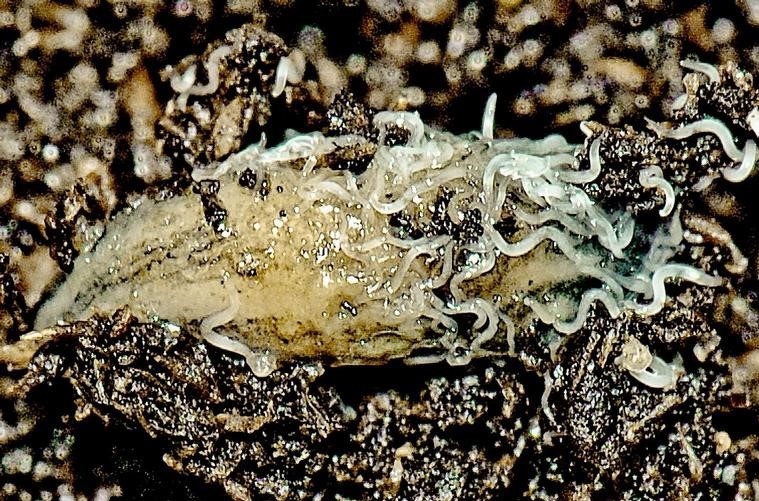
by Molly Jameson | Apr 12, 2019
Farmers are intrinsically tied to the soil that encompasses their farmland. Where others only see dirt, greenery, and maybe a few worms, farmers – especially those who rely on organic nutrient sources such as compost, green manure, and plant and animal meals to...

by Matt Lollar | Feb 8, 2019
Proper plant nutrition is key to a successful vegetable crop. Too little fertilizer reduces yields. Too much fertilizer, though not always harmful to the crop, can be economically detrimental to the farm and can negatively impact the environment. Also, over...
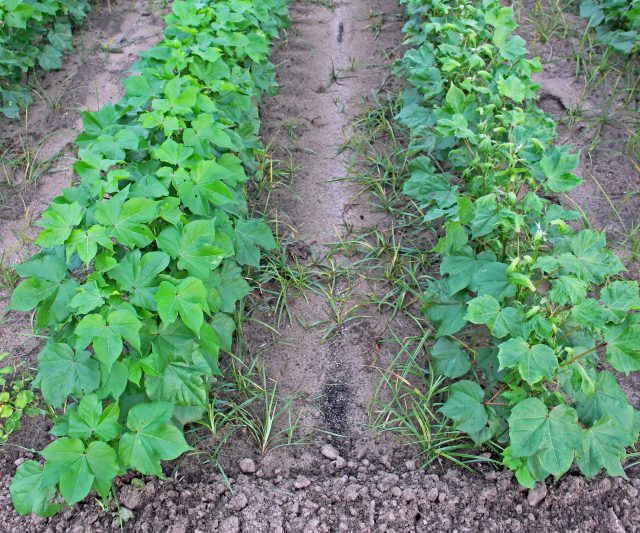
by Pratap Devkota | Feb 1, 2019
Pratap Devkota, UF/IFAS Crop Weed Specialist The United States Environmental Protection Agency (EPA) approved extension of the registration for dicamba products Engenia, Fexapan, and Xtendimax for use in dicamba-tolerant cotton and soybean until December 20, 2020....
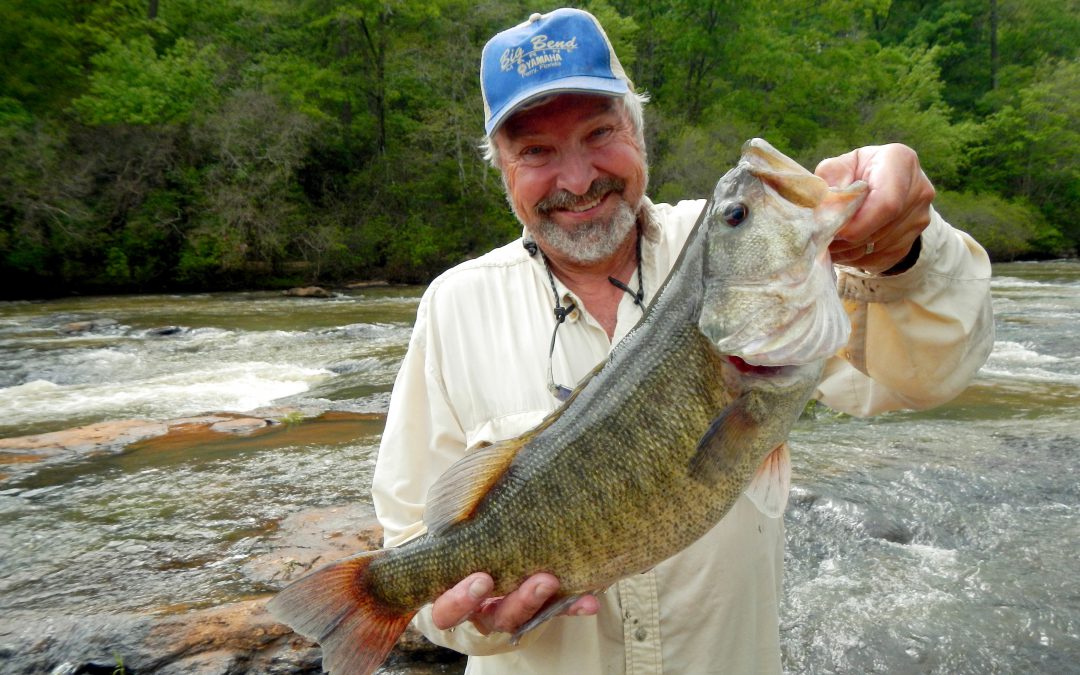
by Andrea Albertin | Jan 25, 2019
Vance Crain, Southeast Aquatic Resource Partnership, and Andrea Albertin, UF/IFAS Regional Water Agent Along the Chipola River in Florida’s Panhandle, farmers are doing their part to protect critical Shoal Bass habitat by implementing agricultural Best Management...
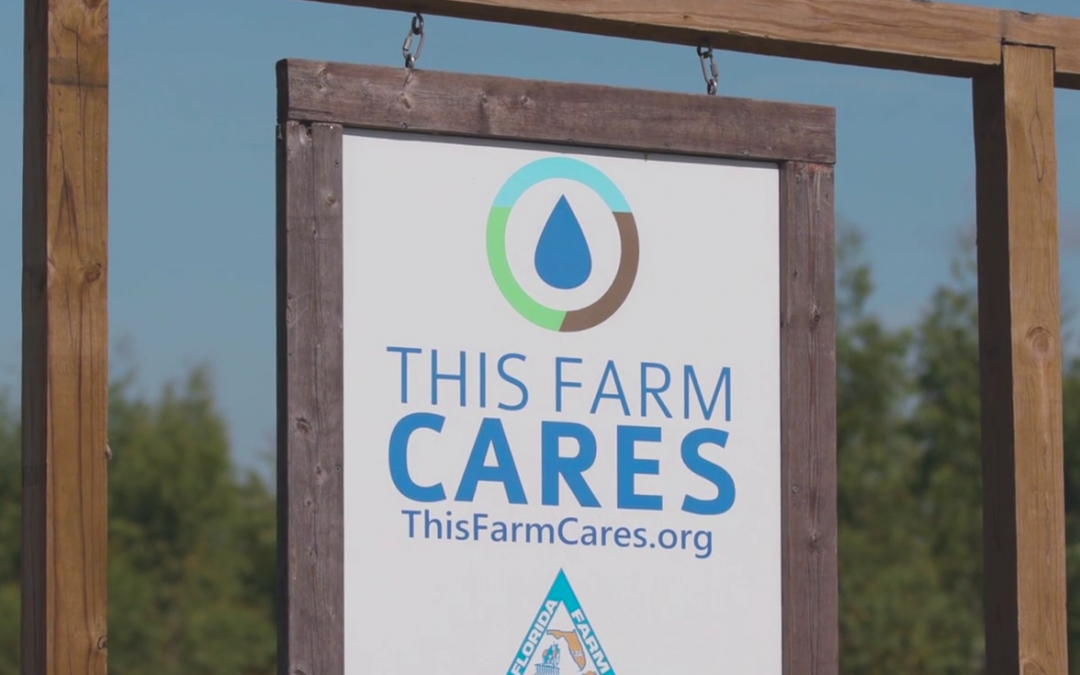
by Doug Mayo | Nov 30, 2018
This week’s video was produced by Florida Farm Bureau to showcase their “This Farm CARES” program. CARES is an acronym for the County Alliance for Responsible Environmental Stewardship Program. This recognition is given out to Florida farmers who...







